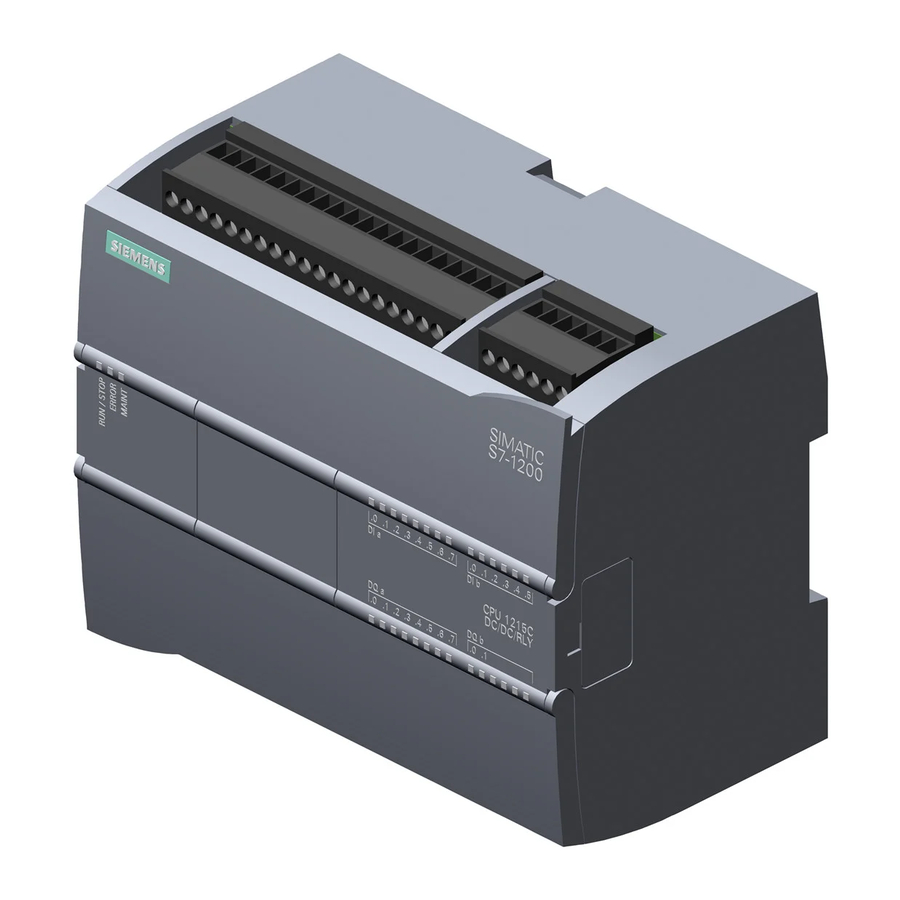Siemens SIMATIC S7-1200 Інструкція з програмування безпеки - Сторінка 14
Переглянути онлайн або завантажити pdf Інструкція з програмування безпеки для Перемикач Siemens SIMATIC S7-1200. Siemens SIMATIC S7-1200 48 сторінок. Controlling several fans (ebm-papst) via modbus rtu
Також для Siemens SIMATIC S7-1200: Посібник (30 сторінок), Інструкція з експлуатації Посібник з експлуатації (36 сторінок), Посібник (40 сторінок), Посібник (17 сторінок), Посібник (31 сторінок), Посібник (49 сторінок), Посібник (20 сторінок)

